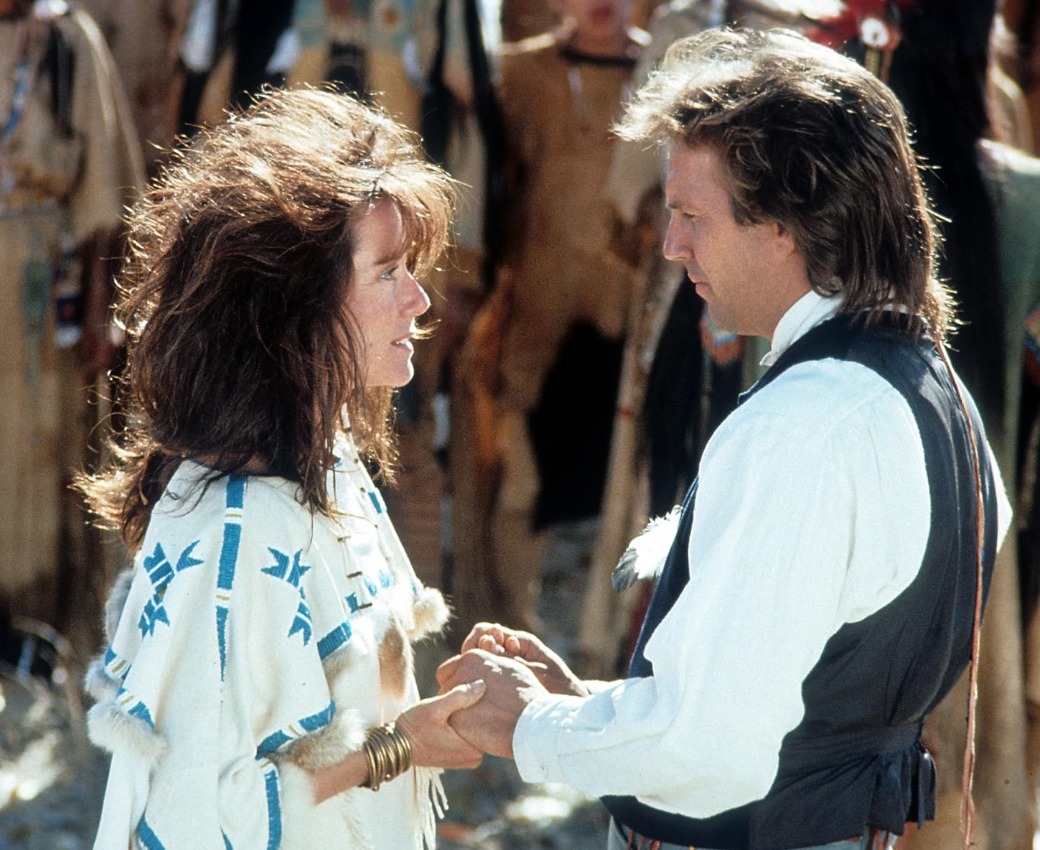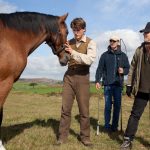“Dances With Wolves” is a 1990 American epic Western film directed by Kevin Costner, who also stars in the lead role.
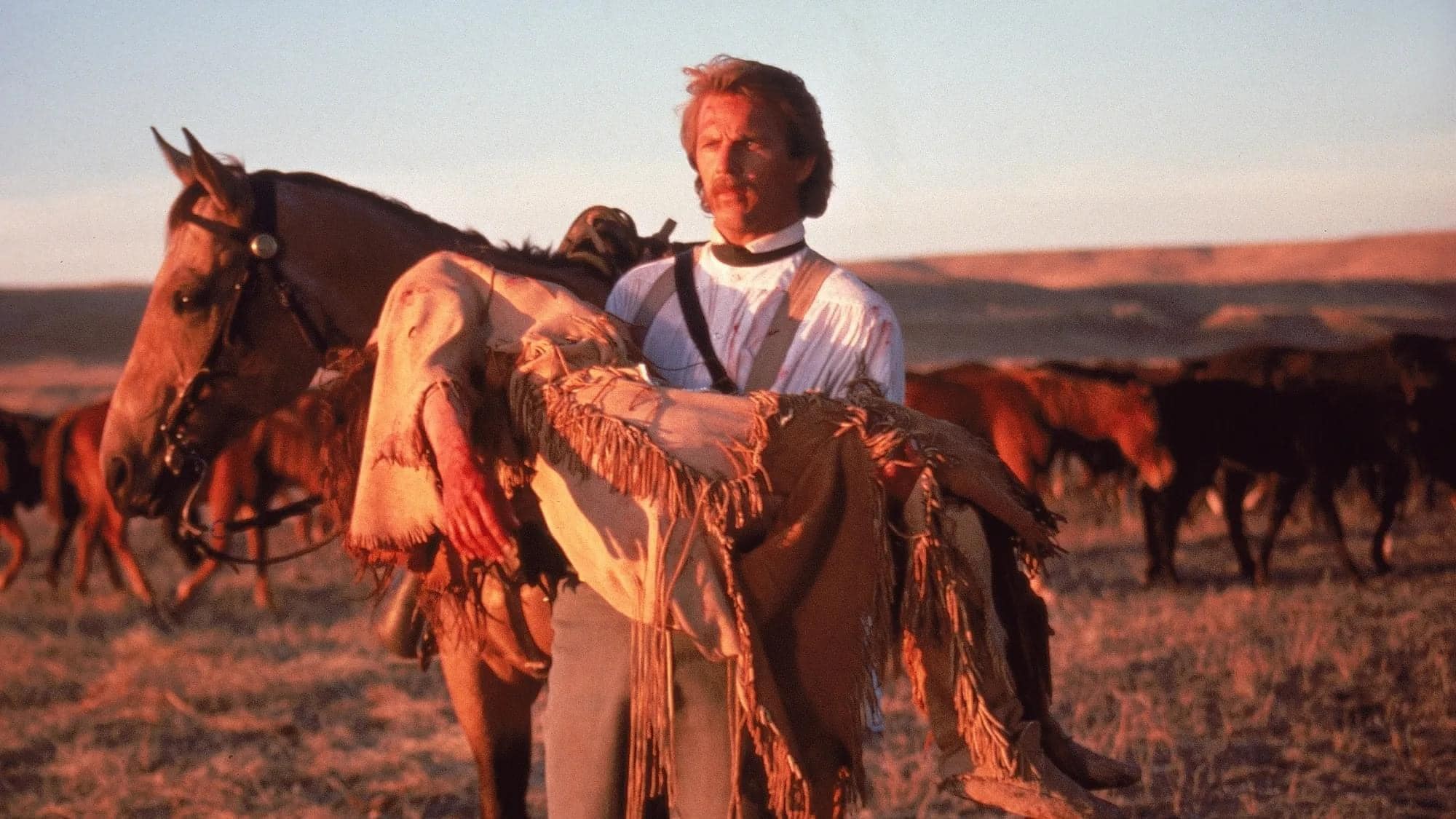
The 1990 American epic Western film “Dances With Wolves,” directed by Kevin Costner, who also stars in the lead role, is a poignant and sweeping tale of cultural discovery, transformation, and the deep bonds that can form between seemingly disparate peoples. The film is an adaptation of Michael Blake’s 1988 novel of the same name and takes viewers on a journey through the American frontier during the Civil War era.
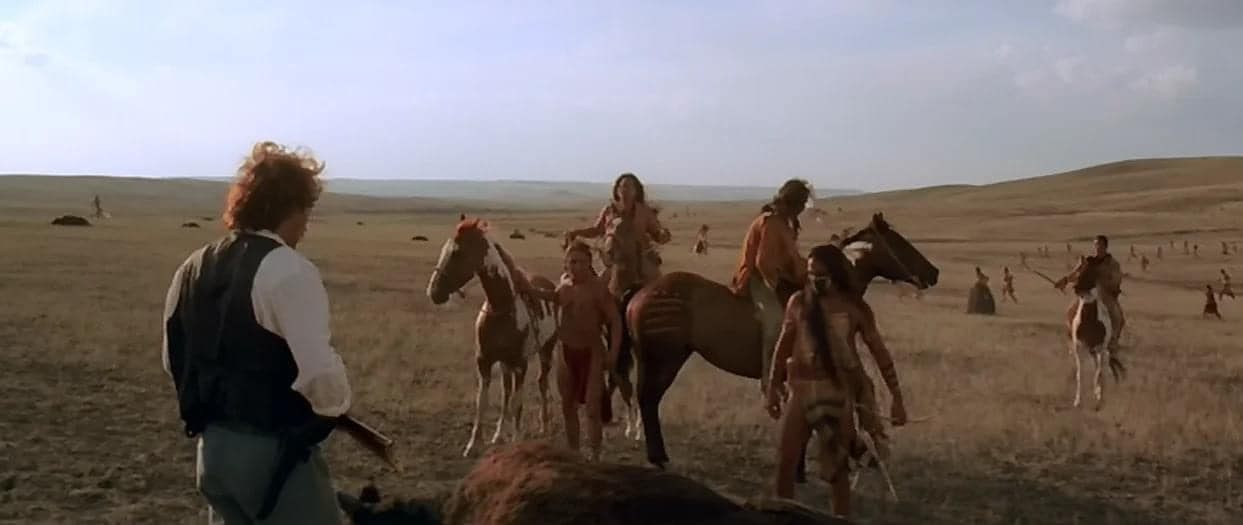
Plot Synopsis:
Act 1: A Soldier’s Journey
The story begins with Lieutenant John J. Dunbar (Kevin Costner), a disillusioned Union Army officer who inadvertently becomes a hero during a suicidal act of bravery in the Civil War. Wishing to see the Western frontier before it disappears, Dunbar requests a transfer to the westernmost outpost, Fort Sedgewick. Upon arrival, he finds the fort deserted and in disrepair, and he decides to restore it, living in solitude with only his horse, Cisco, and a curious wolf he names Two Socks.
Act 2: First Encounters
Dunbar’s solitary existence is soon interrupted by encounters with the local Sioux tribe. Initially wary of each other, Dunbar’s kindness and curiosity about the Sioux culture gradually earn him their trust. He befriends Kicking Bird (Graham Greene), a wise and cautious medicine man, and Wind In His Hair (Rodney A. Grant), a fierce warrior who becomes his friend. Dunbar also meets Stands With A Fist (Mary McDonnell), a white woman adopted by the Sioux after her family was killed, who helps bridge the language gap between him and the tribe.
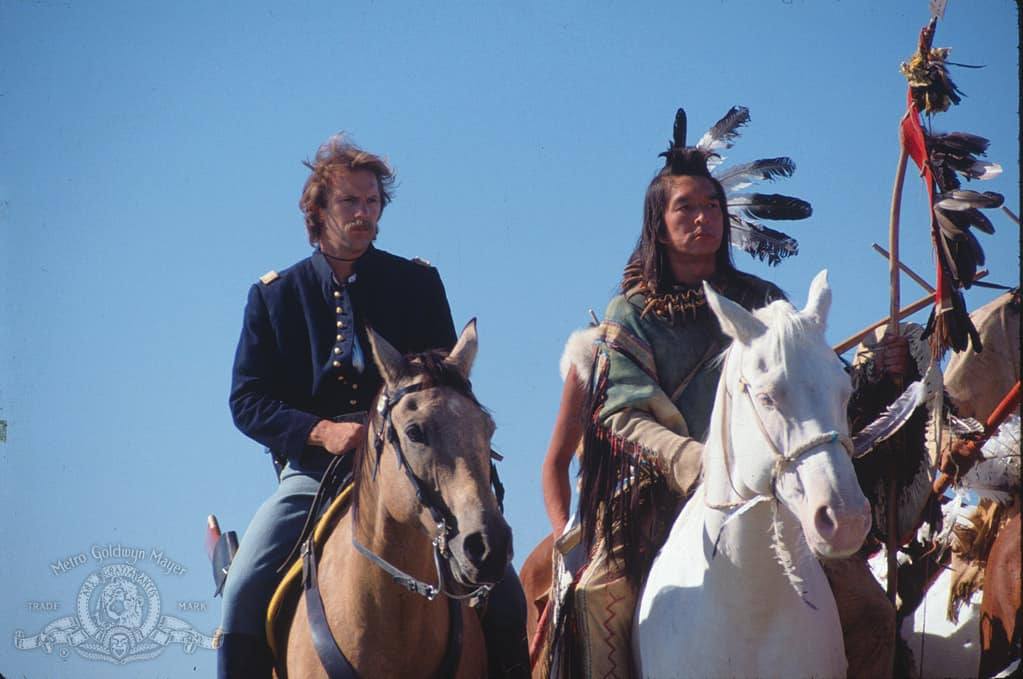
Act 3: Cultural Integration
As Dunbar spends more time with the Sioux, he becomes deeply immersed in their way of life. He learns their language, participates in their hunts, and falls in love with Stands With A Fist. The Sioux, in turn, come to respect and accept him, bestowing upon him the name “Dances With Wolves” after witnessing him play with Two Socks. Dunbar’s transformation from a soldier of the Union to a member of the Sioux tribe symbolizes his complete cultural assimilation and the shedding of his former identity.
Act 4: Conflict and Loyalty
The tranquility of Dunbar’s new life is threatened when Union soldiers arrive at Fort Sedgewick, discovering his abandoned journal that documents his experiences with the Sioux. Dunbar is captured and accused of treason, but the Sioux rescue him in a daring raid. This act solidifies Dunbar’s loyalty to his new family, but he realizes that his presence endangers the tribe. Understanding the imminent threat posed by the encroaching settlers and soldiers, Dunbar decides to leave the Sioux to protect them, despite his deep emotional bonds.
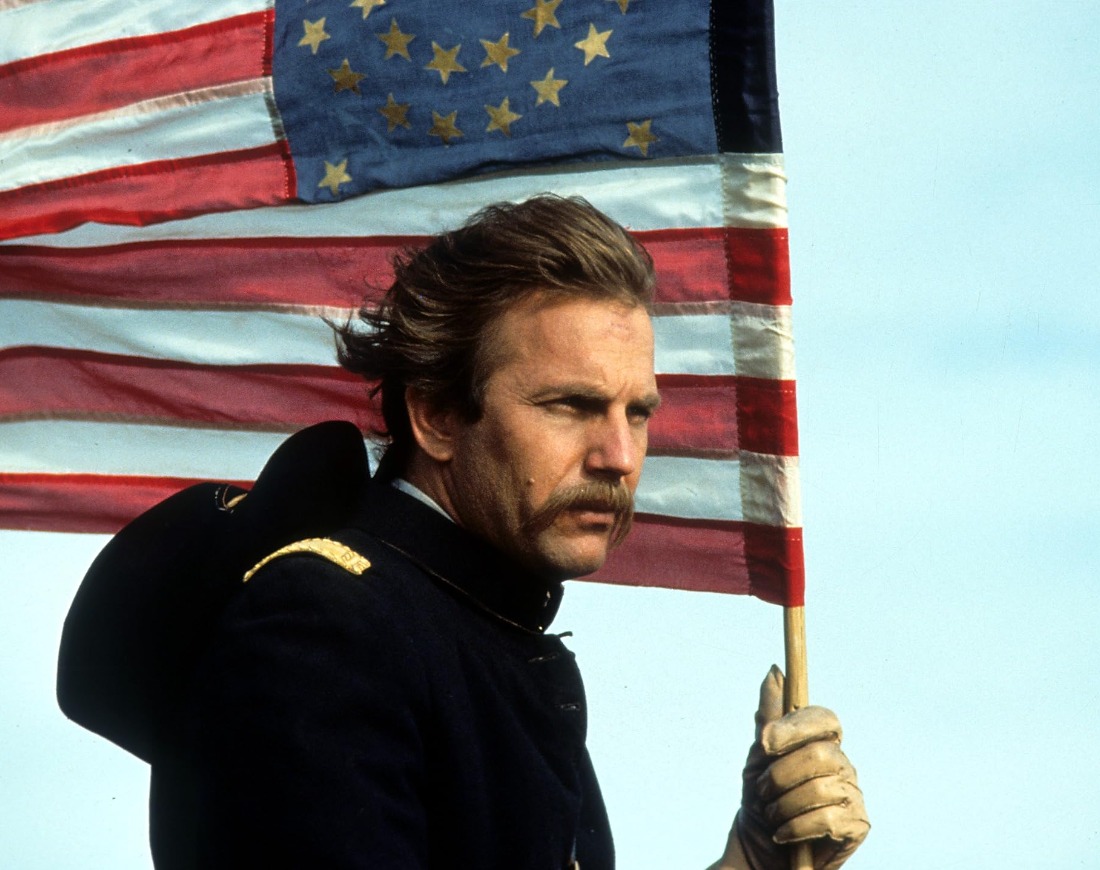
Act 5: A Bittersweet Farewell
The film concludes with a poignant farewell between Dunbar and his Sioux friends. Dunbar and Stands With A Fist leave the tribe, hoping to draw the soldiers away. The final scenes show Wind In His Hair shouting his friendship and sorrow from a distant cliff, a haunting reminder of the enduring bond they share. The closing narration reflects on the fate of the Native American tribes, evoking a sense of loss and nostalgia for a vanishing way of life.

Themes and Analysis:
“Dances With Wolves” explores themes of cultural understanding, the clash between civilizations, and the personal transformation that comes from empathy and immersion in a different way of life. The film is a critique of the destructive impact of Western expansion on Native American cultures and an homage to the resilience and richness of those cultures.
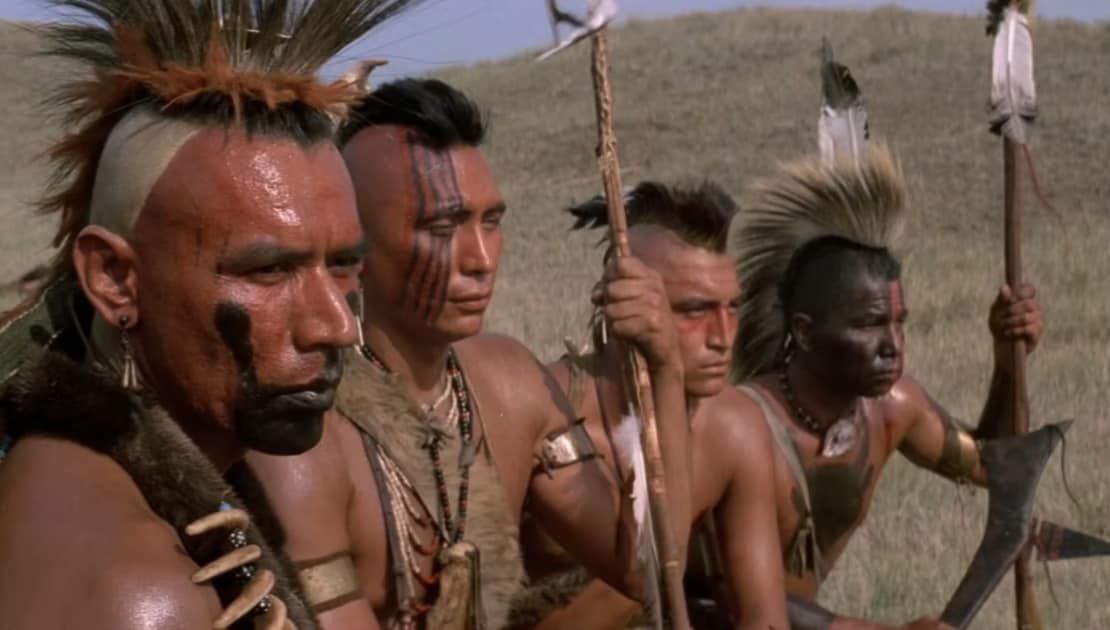
Kevin Costner’s direction and performance bring a heartfelt and authentic portrayal of John Dunbar’s journey from isolation to integration, highlighting the importance of cross-cultural relationships. The cinematography captures the breathtaking beauty of the American frontier, contrasting it with the harsh realities of frontier life and conflict.
The film’s success lies in its ability to humanize both sides of the cultural divide, offering a nuanced perspective on a complex period in American history. “Dances With Wolves” remains a powerful narrative about the possibility of understanding and harmony between different cultures, even in the face of inevitable change.
